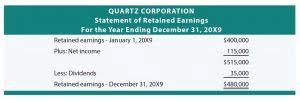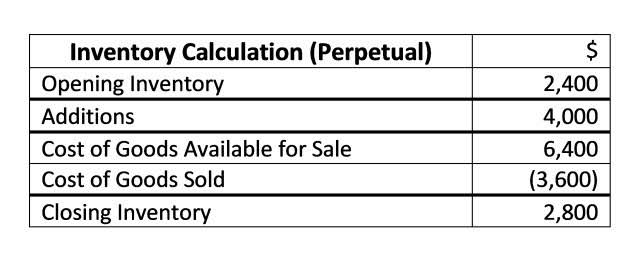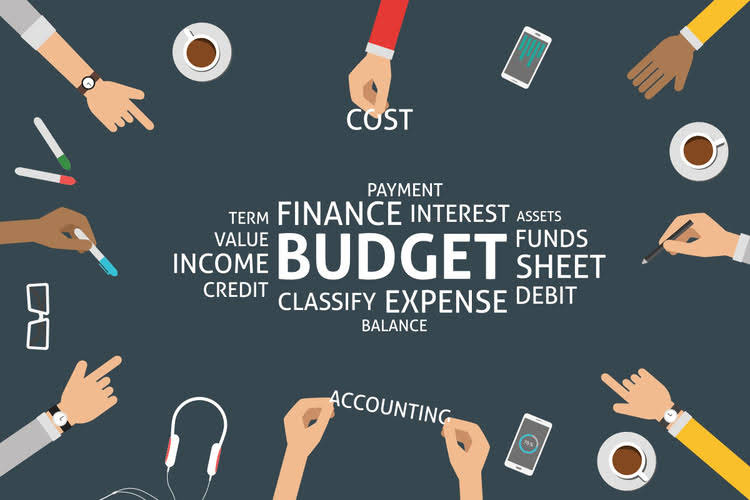
As these costs contain both fixed and variable elements, they must be accurately dissected before they can be applied to the break-even formula. The variable component of mixed costs will change with the level of output, affecting the contribution margin per unit—a key figure in determining the break-even point. The fixed component, however, remains constant and must be covered entirely by the total contribution margin, which is the sales revenue minus variable costs. Conversely, fixed costs remain constant over a wide range of activities for a specified period. These are expenses that do not change in total regardless of the mixed cost level of production or sales volume. Rent, salaries of administrative staff, and insurance premiums are typical examples of fixed costs.
- To calculate mixed cost, add the fixed base fee to the variable rate multiplied by the number of units used.
- This introduces potential inaccuracies and uncertainties in the analysis.
- Wage costs for employees who are paid a monthly salary plus commissions are a good example of mixed costs.
- A firm with high fixed costs might struggle during slow periods because those bills must be paid regardless of income levels.
- This graphical representation clearly shows that as the level of production or sales increases, the total variable costs rise proportionally.
What is the difference between Mixed Cost and Direct Cost?
By analyzing the resulting scatterplot, it is possible to https://happyfeetmontessori.in/goodwill-meaning-types-example-accounting-etc/ identify the fixed and variable components of the mixed cost. Analyzing mixed costs involves understanding their components and behavior. You’ll focus on the fixed part, which remains constant, and the variable part that fluctuates with activity levels. The scattergraph method provides a visual representation of the relationship between costs and activity levels. By plotting historical cost data against corresponding activity levels on a graph, businesses can visually assess the cost behavior. A trend line is then drawn through the data points to approximate the variable cost per unit of activity.

Mixed Cost Formula
This aids in creating realistic budgets, allocating resources efficiently, and anticipating financial needs. Pricing strategiesKnowing your mixed costs helps you set product prices that cover all expenses and generate a profit. You can adjust pricing to account for fixed costs like rent and Partnership Accounting variable costs like packaging.

Least Squares Method (Linear Regression)
A step cost remains constant at a certain fixed amount over a range of output (or sales). It also helps in conducting cost-volume-profit analysis by providing insights into how costs behave with changes in the level of activity or volume of output. 3rd – Now that you have calculated the variable cost per unit using the formula above, use the formula below to determine the fixed portion of the cost.

By accurately categorizing expenses as fixed or variable, organizations can enhance their ability to make informed financial decisions. Cost allocation aids in attributing relevant expenses to specific activities or products, offering clarity and transparency in resource utilization. Doing so will prepare them for the differing total costs for every level of activity. A typical electricity bill includes a fixed monthly service charge or basic connection fee, paid regardless of energy consumption.

High-Low Cost Behavior
If the company pays time and half, the 41st hour variable cost is the one half rate amount. Mixed costs are costs that contain a portion of both fixed and variable costs. While a fixed cost isn’t going to go up as units increase, step fixed costs, variable cost and mixed costs are going to see increases in our budgets as activity increases. The fixed component includes a base rate that covers maintenance and equipment. The variable component varies with the amount of electricity consumed.
- Meaning that it has a component that increases or decreases with the level of activity.
- There’s the farming aspect (which is comprised of both fixed and variable costs), there is the actual harvesting process (again, both variable and fixed costs), storage, packing and then distribution.
- However, sometimes the nature of the work or management policy does not allow direct labor to change as volume changes and direct labor can be a fixed cost.
- Fixed costs can be further categorized as committed and discretionary fixed costs.
- As we do monthly cost planning, we now have a formula to help us plan.
Business
By grasping the behavior patterns of mixed costs, companies can strategically plan and forecast their break-even point to ensure optimal financial performance. The break-even point is reached when the total contribution margin equals the sum of fixed costs and the fixed portion of mixed costs. As sales volume increases beyond this point, the company begins to generate profit. It is important to note that the break-even point is not static; it will shift as the proportion of variable to fixed costs in the mixed cost structure changes.
Can you give me an example of a mixed cost?
- These costs are directly tied to the production process, meaning that they change in proportion to the level of goods produced or services provided.
- Piecework pay is an excellent example of direct labor as a variable cost.
- If you plot this information for the most recent 12 months onto the scattergraph, you may see some type of pattern, such as the total cost line rising as the number of equipment hours increase.
- The company would like you to write a mixed cost formula for planning purposes.
- Upon completion, earn a prestigious certificate to bolster your resume and career prospects.
This dual nature distinguishes mixed costs from purely fixed costs, which stay the same in total, and purely variable costs, which change proportionally with activity. Fixed costs remain constant regardless of the level of production or sales, while variable costs fluctuate directly with the level of output. Mixed costs, on the other hand, have both fixed and variable components, making their calculation a bit more complex.
